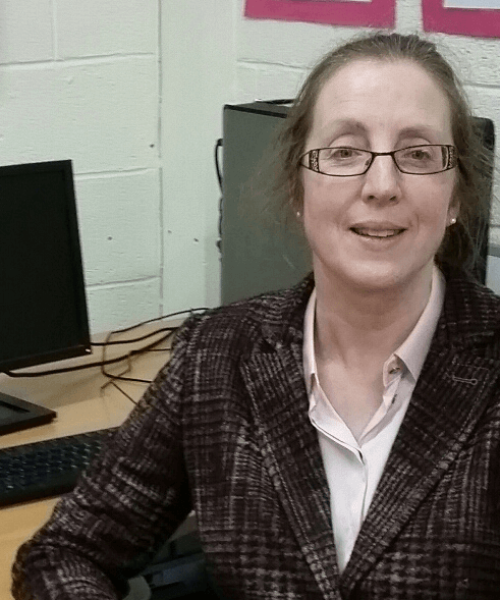Technical Graphics
What is Technical Graphics?
Technical graphics is one of the technology subjects offered at junior cycle in Bailieborough Community School. In Technical Graphics you will learn how to represent 3-D objects on paper and on computer. You will develop problem solving and creative thinking skills through the solution of graphical problems.
What will I learn in Technical Graphics?
Some of the thing you will learn include:
How to produce drawings using drawing equipment, freehand sketches and computers
How to read and interpret drawings and diagrams
How graphics relate to the design and manufacture of products.
How will I learn Technical graphics in school?
Some of the things you may do with your teacher and classmates are:
Produce neat drawings of everyday items
Create models of recognizable items on the computer
Use freehand sketching, colouring and shading to represent objects
Make paper/cardboard cut-outs of items and use these to model items in 3-D
Work on your own and as part of a group
Use textbook and worksheets
Organize and maintain a folder of drawings and notes.
How can I learn more about Technical Graphics outside of school?
Some of the things you may do are:
Become aware of how graphic communication is all around us, in the print media, and on television
Examine how goods are packaged to see how the skills learned in Technical Graphics can be put to use
Use the internet to find examples of graphic illustration and computer aided design
Be alert to examples of shape in nature and in the design of everyday objects, buildings, bridges etc.
How will I know I am getting on?
Your teacher will let you know:
What you have done well
How you can improve your work.
Other things you may do are:
Try working with a few members of your class in a study group
Check back over your work and compare what you are doing now with what you are doing now with what you did before. You should notice that your skills are improving.
What is the Technical Graphics Junior Certificate exam like?
You will sit a three hour examination paper. It is made up of two sections:
Short answer questions which you complete on the sheet provided and
Longer questions which require more detailed answers. The longer questions allow you to show, in greater detail, the drawing and problem solving skills you have learned.
You can take the exam at Higher or at Ordinary level. When the time comes to decide, your teacher will help you choose the level that suits you best.
Is learning Technical Graphics anything like what I did in primary school?
You will have learned and done lots of things in mathematics which will be built on in Technical Graphics. For example, you will have learned about 2-D and 3-D shapes, and lines and angles. In Visual Arts, you will have made drawings, experimented with lines, shapes and textures, patterns and tones. All of these previous learning experiences will be helpful when building up your skills in Technical Graphics.
Will Technical Graphics have anything to do with other subjects I will be studying?
Yes, Technical Graphics will be very helpful in the study of Materials Technology Wood and Metalwork as each of these subjects require you to make drawings of the pieces you will be making. The problem solving and geometry you will learn in Technical Graphics will prove very useful in Mathematics.
Will Technical Graphics be very different after the Junior Certificate?
At Leaving Certificate, you will be able to study Design and Communication Graphics.
In this subject:
There will be a greater emphasis on computer graphics and freehand sketching.
The geometry that you have learned in Junior Certificate will be further developed.
How will Technical Graphics be useful to me?
Technical Graphics helps you to think in a more logical and creative way. You will be able to communicate information using diagrams and sketches. You will be able to communicate information using diagrams and sketches. You will have learned how to present information in a neat and organized fashion. This subject will be of use to you if you want to progress into career areas such as architecture or engineering.

